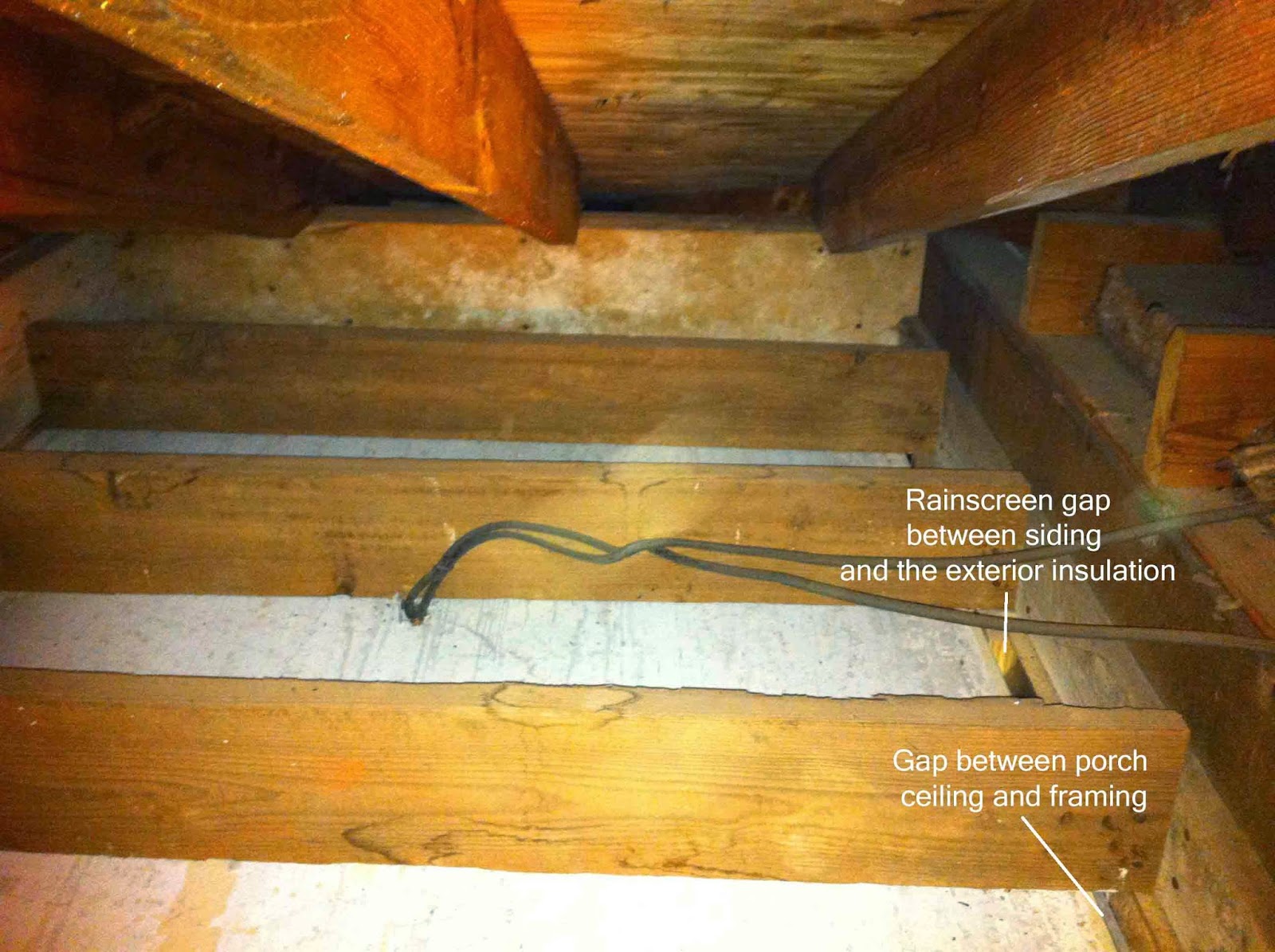Ok, so here is the excellent report on my October energy use from Duke Energy.
Ok, remember my sister and brother-in-law moved out at the very end of September last year so this graph shows my energy usage with only me (and my animals - 6 cats, 1 dog) in the house. I put a continuous layer of insulation in my attic that adds up to about R-20. I also air sealed fairly well up there. That's the only change from last October.
The insulation at this time only goes between the attic joists so I do have thermal bridging from wood joists. The plan is to add a substantial amount of cellulose on top of the current batt insulation when I beef up some of the roof framing. I don't know when that will happen, but I plan to have it done well before next summer.
I am often amused at the suggestions Duke Energy lists to make your house more efficient. Usually I've done these suggestions long ago as in choosing an Energy Star washing machine.
I don't consider this month's recommendation for spray foam insulation amusing, however. I also don't understand the current fascination with spray foam as insulation as noted in this month's report. It has so many significant drawbacks that I would never consider it as an insulation material.
The serious disadvantages are:
1. Cost - very expensive insulation
2. Flammable - it's highly flammable (http://www.tasconindustries.com/CelluloseVsFoam.html)
reaching flashover conditions in 44 SECONDS as opposed to cellulose which did not reach flashover conditions after 15 minutes.
3. Oil product - it's made from oil rather than some much more environmentally friendly material such as cellulose
4. High Global Warming Potential - known as GWP. That means that the gases it gives off as it cures contribute to global warming far more than regular carbon dioxide from the burning of fossil fuels
5. If not installed properly at the right concentration and temperature, it can give off aggravating fumes that can make a home if not unlivable, certainly very unpleasant.
Here are some articles about spray foam insulation and why to avoid it.
1. Dubai Tower Fire Demonstrates Dubiousness of Using Flammable Insulation http://www.treehugger.com/green-architecture/dubai-tower-fire-demonstrates-dubiousness-using-flammable-insulation.html
2. National Fire Protection Association Testing of Various Types of Insulation in Wall Assemblies - NFPA286 2006 testing You tube video https://www.youtube.com/watch?v=snlhECzj1E8
3. 475 High Performance Building Supply has several articles on avoid foam insulation and why it is important to do so.
4. Green Building Advisor article on lawsuits against spray foam manufacturers
There are multiple questions on the Green Building Advisor website from consumers who ask what to do about the problems they have had with spray foam insulation. http://www.greenbuildingadvisor.com/blogs/dept/musings/spray-foam-jobs-lingering-odor-problems
Well, that's it for today. I will continue to post on this blog, just not so much during craft season (where I post mostly on my other blog - withglueandglitter.blogspot.com).

















































